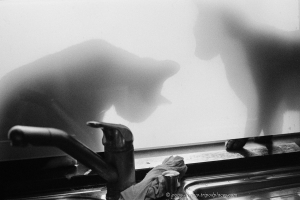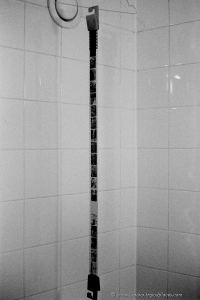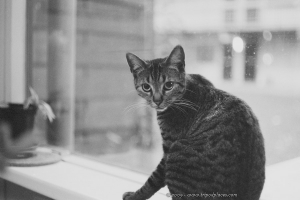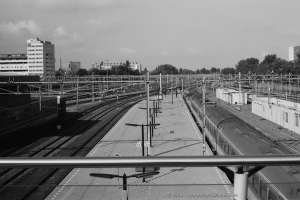Sorry for the recent draught in updates. I haven’t been home a lot, and as such haven’t had time to scan any pictures. I’ve shot plenty though.
To compensate for the lack of imagery, a bit of text today.
I’m by now not half-bad at guessing exposure with the M3, and when I’m wrong, I’m usually at least close enough that the exposure latitude of the negative can give me an acceptable picture. One thing is really throwing me though: Filters.
I’ve been experimenting a bit with differently coloured filters, and this has led to a lot of overexposure. This is mostly caused by trusting the filter factor of the filter.
Example: I’m trying to accentuate something in a picture, say, a red flower, so I take out my red filter. The flower is in direct sunlight, so I set 1/500th of a second at f16 to start with. The filter has a 5x filter factor, so I lower my shutter speed to say, 1/125th (or open up to f8).
Result: well exposed background, over-exposed flower.
Why?.
The filter doesn’t do much for its own colour, yet blocks its complementary colours. So the filter factor is in fact mostly applicable for colours other than the filter colour.
The right way to do it would be to maybe open up one stop from the base exposure, to highlight the primary subject. For lower filter factors, don’t open up at all.
Of course, if your primary subject isn’t the filter colour, all bets are off (and I still have to experiment with that).
But the short version is: If you’re using a filter to boost contrast by making colours darker, don’t negate that by making everything brighter.
Dante Stella has an excelent article on filters that covers this as well.
Thus ends todays lesson.



